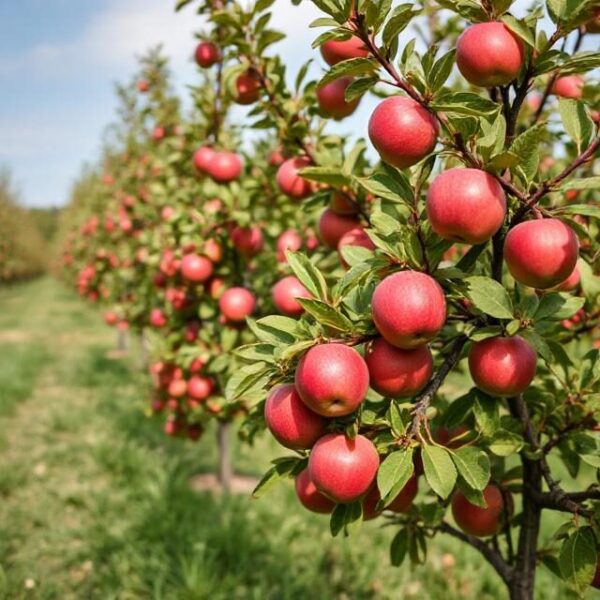News
Himachal Turns to Stone Fruits to Offset Declining Apple Income

State to Host National Conference on Stone Fruits in Early November
In a bid to diversify beyond its apple-dominated horticulture sector, Himachal Pradesh will host a national conference on stone fruits in the first week of November. The event will bring together policymakers, scientists, commission agents, and fruit growers to discuss ways to unlock the full potential of the state’s stone fruit economy. Significantly, the conference will be held at Thanadhar (Kotgarh)—the place where Satyanand Stokes introduced apple cultivation to the region over a century ago.
Stone fruits such as plums, apricots, cherries, and peaches are not new to the hills. Locals have grown them for generations, but as apple farming became more profitable, most farmers gradually shifted to it. Today, apples dominate the state’s fruit basket, accounting for nearly 80% of total fruit production.
“Stone fruit cultivation is still largely based on outdated plant material and unscientific methods,” said Deepak Singha, president of the Stone Fruit Growers Association. “At this conference, we’ll discuss modern rootstocks, new and improved varieties, and post-harvest facilities to take stone fruit production to the next level.”
The push toward stone fruits reflects the challenges facing Himachal’s apple economy, which has suffered from climate change, rising costs, and widespread diseases—all eroding profit margins. “Apples are no longer as profitable as they once were,” said Singha. “Most growers could see stone fruits as a good complementary option to their primary crop. Since stone fruits are harvested between mid-April and late June, and apple harvesting starts in July, growers can earn additional income during those three months.”
In traditional apple-growing regions like Kotgarh, where orchards have existed for over a century, replanting apple trees has become increasingly difficult. Growth rates are lower, and diseases have become harder to manage. Prakash Thakur, former vice-chairman of the Himachal Pradesh Horticultural Produce Marketing and Processing Corporation (HPMC), said, “In such orchards, stone fruits can offer a viable alternative. However, growers must consider local climate and altitude before choosing suitable varieties.”
Highlighting the advantages, Singha noted that stone fruits can be cultivated across a wider altitude range than apples. “Climate change is gradually pushing apple cultivation higher up the slopes,” he explained. “Stone fruits, on the other hand, can thrive from low to high altitudes.” Growers who have already diversified say production costs are much lower than for apples, while market prices are often more favorable.
Despite these benefits, the biggest hurdle remains the lack of post-harvest infrastructure. “When it comes to shelf life, apples have an advantage,” Thakur said. “Stone fruits perish quickly, and without proper cold-chain and storage facilities, farmers have limited marketing options. This is where the government needs to step in.”
